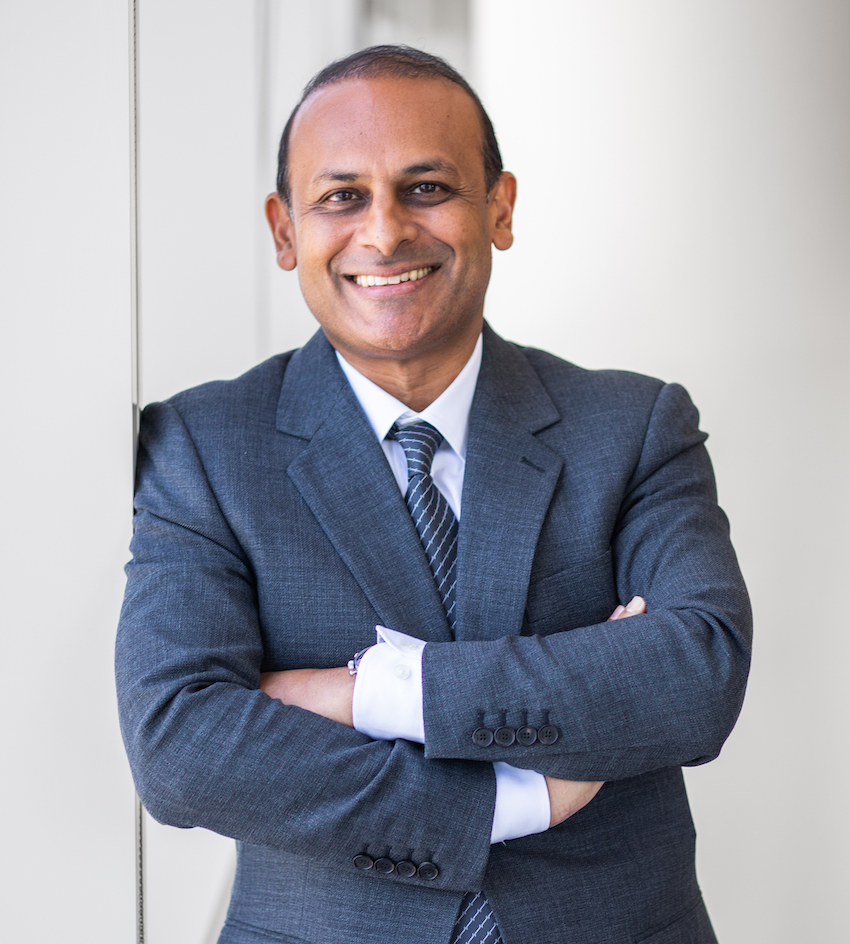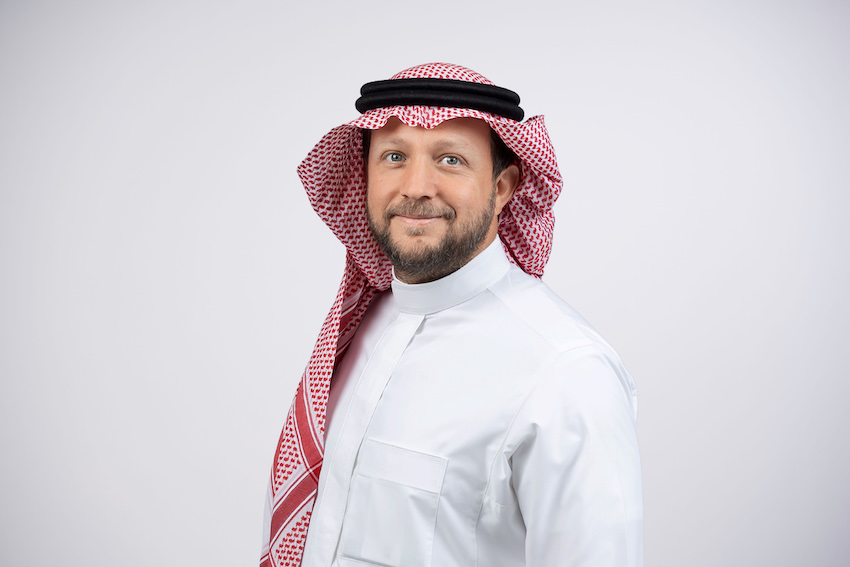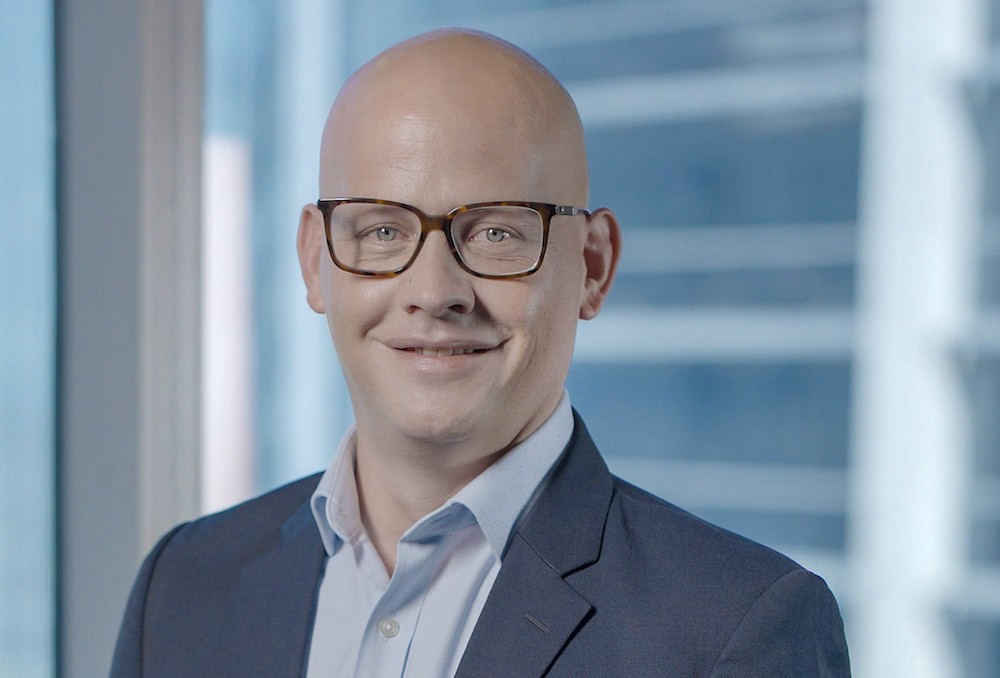RIYADH: Saudi Arabia’s banking sector led trading on the Kingdom’s stock exchange in 2024’s fourth quarter with a 17 percent market share, according to Tadawul’s latest report.
The industry was responsible for approximately SR66.42 billion ($17.7 billion) of transactions, ahead of the materials sector with SR45.04 billion, comprising 11.45 percent of the market.
The energy sector had 10.58 percent share in this period, with value traded reaching SR41.58 billion.
The banks industry group also dominated the market for the entire year 2024, leading in share trading value with SR265.57 billion according to Tadawul, accounting for 14.26 percent of the total traded value.
It was followed by the materials sector, which recorded SR249.32 billion, representing 13.39 percent, and the energy sector with SR225.27 billion, contributing 12.10 percent to the total traded value for the year.
These three sectors collectively represent a substantial 62.8 percent weight of the index. This concentration highlights the central role of banking, energy, and materials in shaping the performance of Tadawul, driven by the ongoing economic diversification under Vision 2030 and the Kingdom’s efforts to reduce its reliance on oil revenues.
Even though the energy sector claims the highest market capitalization, primarily influenced by Aramco with a substantial SR6.78 trillion market cap, it does not command the highest weight. This is due to the capped indices calculation methodology, with the banks sector surpassing it in terms of weight.
This methodology is used to prevent any single security from having a dominating influence on an index, and it is part of the Financial Sector Development Program’s key initiative under the Kingdom’s Vision 2030 to enhance the exchange’s product offering.
By balancing sector weights, Tadawul aims to create a more diversified and resilient market structure, reflecting the broader goals of economic transformation and investment appeal.
Saudi Aramco, the largest player in the industry on the market, recorded the highest activity at SR31.4 billion during the fourth quarter.
The company’s majority of trades, or 47.15 percent, occurred in November according to data from Bloomberg, coinciding with Aramco announcing its profits and dividends payout for the quarter ending in September.
The energy firm closed the fourth quarter with a 3.51 percent quarter-to-date increase in price at SR28.05 per share.
Al Rajhi came second in highest trades by value, totaling SR27.02 billion. The stock closed with a quarter-to-date rise of 8.49 percent at 94.6.
The company’s financial results for the third quarter of 2024 showed SR5.1 billion profit, a 22.82 percent rise compared to the same period of the preceding year.
The Saudi telecom company STC, followed with value traded of SR13.62 billion however the stock price showed a 8.47 percent decline in the quarter-to-date at SR40. The company had reported its financial results for the third quarter of 2024 with profit of SR4.64 billion — an annual decline of 5.32 percent.
The stock with the highest trading volume and the largest price appreciation in the fourth quarter was Al Baha Investment and Development Co. On December 19, the company’s shareholders approved a 26.5 percent reduction in capital, lowering it from SR297 million to SR218.3 million.
Following this reduction, Al Baha announced that it had fully offset its accumulated losses, reducing them to zero percent of its capital. This achievement highlights the company’s efforts to improve its financial position.
For the fourth quarter, the company saw a 56.67 percent quarter-to-date increase, with a closing price of SR0.47.
Banking sector growth drivers
Saudi Arabia’s banking sector’s dominance reflects its critical role in driving the Kingdom’s economic transformation under Vision 2030.
This performance is closely tied to robust corporate lending, fueled by the ongoing implementation of mega-projects across construction, tourism, and infrastructure.
With corporate credit growth projected at 10 percent annually in 2025 according to a report by S&P Global, banks have been instrumental in financing the ambitious pipeline of Vision 2030 initiatives, particularly as the government pivots from oil dependency to diversifying its economy.
Declining interest rates have further supported lending growth, particularly in residential mortgages, which benefit from expanding demographics and rising urbanization.
The mortgage sector’s steady expansion, aided by accommodative monetary policy and population growth, has complemented the surge in corporate loans, creating a dual engine for credit growth according to S&P Global.
In parallel, Saudi banks’ capital adequacy ratio of 19.2 percent at the end of September highlights their strong capitalization, ensuring sufficient capacity to meet the growing financing needs tied to Vision 2030.
According to the agency’s report, profitability in the sector remains stable despite declining net interest margins, with return on assets expected to hover between 2.2 percent and 2.1 percent, supported by increased loan volumes.
While corporate lending comprises nearly 50 percent of total loans, floating interest rates have allowed banks to quickly adjust to monetary changes, partially offsetting margin pressures, they added.
Additionally, international capital market issuances are increasingly being utilized to fund growth, reflecting the sector’s strategic alignment with the government’s long-term objectives.
This banking sector performance also mirrors broader regional trends in the GCC, where economic diversification, high oil revenues, and infrastructure investments have driven financial market activity.
As Saudi Arabia continues to implement Vision 2030 projects and attract foreign direct investment, its banking sector is expected to remain a key enabler of economic transformation, maintaining its leadership on Tadawul and within the GCC’s financial ecosystem.
Foreign ownership in Saudi equity market
According to the latest report by the Capital Market Authority for the third quarter of 2024, Saudis — primarily government entities — held 95.12 percent ownership in the main stock market.
GCC investors accounted for 0.76 percent, while foreign ownership rose to 4.11 percent, up from 3.2 percent during the same period last year.
In terms of trading activity, foreign investors contributed significantly, accounting for 25.23 percent of the total buy value on the main stock market, equivalent to SR112.48 billion.
On the sell side, they traded SR117.42 billion, representing 26.34 percent of the total sell value. This resulted in net purchases by foreign investors amounting to SR4.97 billion for the quarter.
In a recent development, Saudi Arabia announced on Jan. 27, 2025, that it will permit foreign investment in publicly listed companies owning real estate in the sacred cities of Makkah and Medina.
This move is part of the Kingdom’s strategy to attract more foreign capital and boost liquidity for projects related to Islamic pilgrimage. These investments will be limited to shares and convertible debt instruments, with a cap of 49 percent ownership by non-Saudi nationals.
The Capital Market Authority aims to boost investment, enhance the efficiency and appeal of the Saudi capital market, and strengthen its global competitiveness while supporting the domestic economy.
Part of this effort involves attracting foreign capital and ensuring sufficient liquidity to fund current and future development projects in Makkah and Madinah, solidifying the market as a vital source of financing for these initiatives.
In recent years, the Kingdom has introduced significant reforms, including an updated investment law to create a level playing field for local and foreign investors and eased restrictions on foreign ownership in the stock market, further cementing its position as a global investment hub.






























